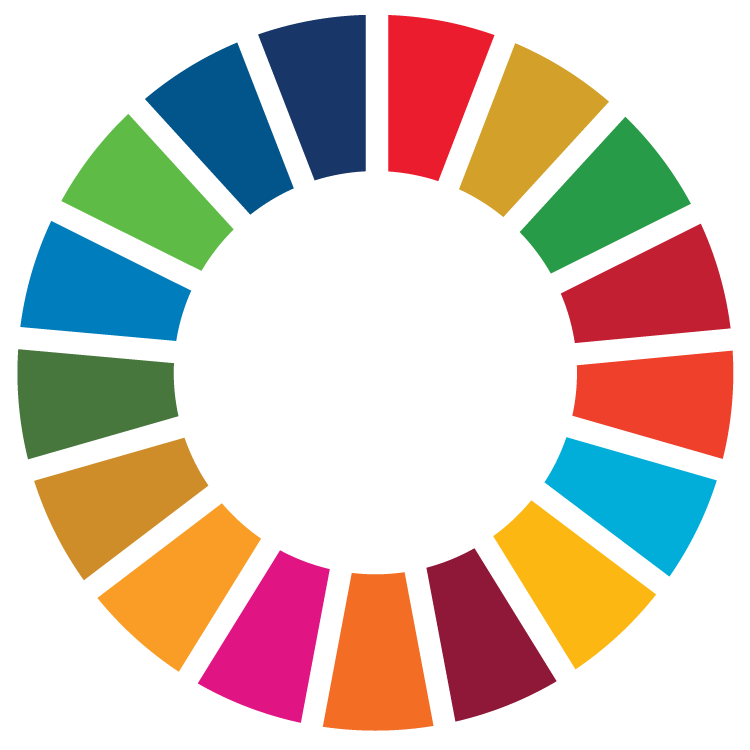Juan Bello, Regional Director and Representative of the United Nations Environment Program in Latin America and the Caribbean
Let’s think about each piece of clothing: thousands of intertwined threads make it up. Each one represents a decision in the consumption chain, from its manufacturing to the way the person who will use it acquires it and, finally, wears it.
But beyond each individual garment, the collective impact of the textile industry on the environment is undeniable. This year, International Zero Waste Day focuses on the fashion and textile sector, highlighting the urgent need to adopt more sustainable models that optimize the production chain and encourage circular solutions.
The truth is, if we pull on some of those threads to unravel their life cycle, we will realize that our wardrobes are still far from sustainable.
Fast fashion has increased clothing production, but it has drastically reduced their lifespan, creating a growing problem that disproportionately affects Global South countries. In Latin America and the Caribbean, this situation has become apparent on multiple fronts: from the accumulation of textile waste in natural environments to the challenges of managing urban solid waste. For the region, the estimated average urban waste recycling and recovery rate is 4.39%, according to data from the IDB Data Hub.
A global problem with regional impact
In the last decade, the rise of fast consumption has made the textile industry one of the most polluting in the world. This happens on a daily basis: every time we wash our clothes, they release chemicals and microplastics into household wastewater. According to a publication from the European Parliament, “one load of laundry of polyester clothes can discharge 700,000 microplastic fibres, which can end up in human food chain.”
But the impact goes beyond that. Every year, 92 million tons of textile waste are produced globally, and most of it is discarded in landfills or micro-dumps, like those found in the outskirts of cities in northern Chile, such as Iquique and Alto Hospicio. The open-air burning of this waste has a harmful effect on both public health and the environment.
A significant amount of these garments consists of second-hand clothing or items discarded by the industry. In 2022, 124,000 tons of second-hand textiles entered Chile, according to data from the National Customs Service, many of which were eventually thrown away.
How to address this challenge
What can the region do to face this challenge and establish itself as an example of sustainable management?
In Chile, the Ministry of the Environment (MMA) is addressing this issue by developing a Circular Economy Strategy for Textiles by 2040.
In this context, the Minister of the Environment, Maisa Rojas, has emphasized that the country is working to accelerate the transition towards circularity in this sector, which is crucial for reducing its impact.
This strategy is grounded in circular economy models that focus on preventing waste, reusing, and extending the lifespan of resources through practices such as reuse, repair, recovery, and revaluation.
Civil society has also taken an active role in seeking solutions. One example is Desierto Vestido, an organization from Iquique that raises awareness about the issue in Alto Hospicio through educational and environmental workshops. In the private sector, initiatives like Ecocitex are promoting circular economy models to transform market practices and consumption habits by offering textile recycling services and recycled goods.
The role of the Forum of Ministers of Environment
The Forum of Ministers of Environment of Latin America and the Caribbean, coordinated by UNEP, serves as a crucial platform for our countries to enhance regional cooperation in promoting a circular economy. This is essential for addressing this and other key challenges in the region, such as combating climate change, improving the protection and restoration of ecosystems, reducing soil degradation, and preventing pollution, among others.
By bringing together the public sector, the private sector, and civil society, we can move towards a more efficient and equitable waste management system in the region.
The International Zero Waste Day is an opportunity to reflect on our environmental impact and act accordingly.
Just as every thread has its role in a fabric, each actor –governments, experts, companies, and citizens– must be part of the solution. Only by collaboratively developing a more sustainable model of production and consumption can we stop the fashion industry from further contributing to the environmental crises we face today.







